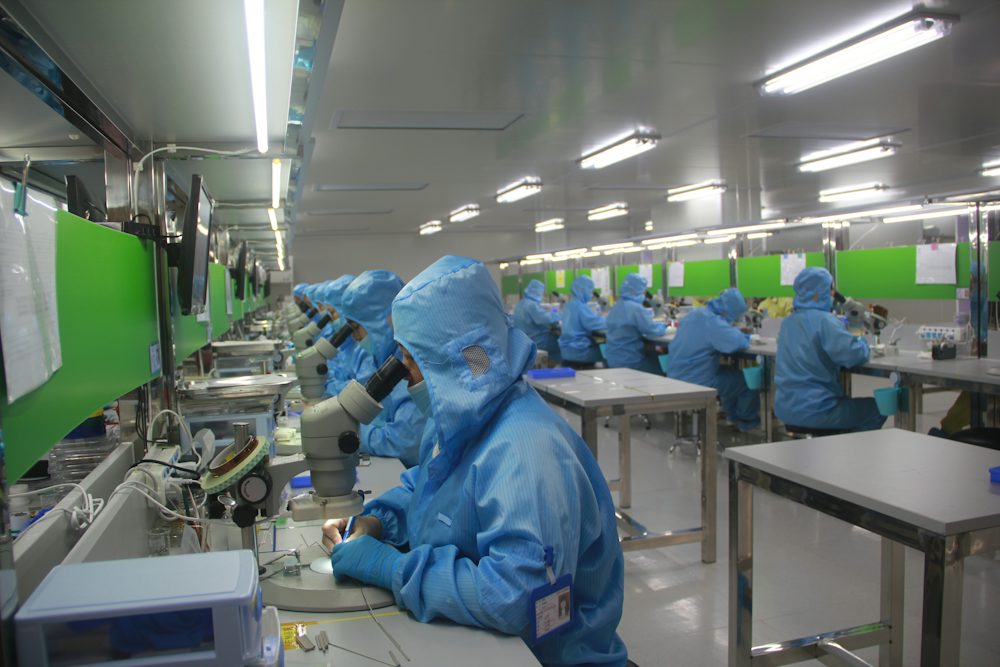WHAT IS PHARMACEUTICAL ENGINEERING?
Pharmaceutical Engineering & Designing of Drug-2024 : The origins of pharmaceuticals can be traced back to the 1500s, marked by the creation of the first list of drugs and their preparations in Germany. Since that time, pharmaceuticals have become integral to medical care, playing a crucial role in preventing and treating diseases and modifying organic functions.
Pharmaceuticals encompass a diverse array of categories; for example, analgesics alleviate pain ranging from common headaches to more severe conditions like third-degree burns. Antivirals address viral infections, such as the flu, while antibacterial drugs combat infections like tetanus.
For virtually every medical condition, there is likely a pharmaceutical designed to address either the condition itself or its symptoms. However, the development of effective pharmaceuticals is a complex and time-consuming process. Pharmaceutical engineering, dedicated to creating new clinical drugs for specific ailments, has played a pivotal role in shaping modern medicine and advancing patient care.
Thanks to the rigorous education and hard work of pharmaceutical engineers, a range of efficient, effective, and safe over-the-counter and prescription medications is now accessible to those in need.
An Overview of Pharmaceutical Engineering
Pharmaceutical engineering encompasses the entire lifecycle of medicinal drugs, from research and development to creation and manufacturing. The process begins by identifying a specific condition, researching past and current drugs, and consulting with physicians to understand chemical stability, side effects, and overall safety.
In the laboratory, pharmaceutical engineers follow strict safety and quality protocols to synthesize chemical compounds, ensuring the highest quality in the end product. The developed pharmaceuticals undergo comprehensive testing for effectiveness, safety, side effects, and chemical reactions. Successful completion of these tests paves the way for FDA review and approval.
Once approved, the new drug enters the manufacturing and distribution phase. The pharmaceutical engineering team finalizes the drug, highlighting its unique qualities, collaborating with medical experts to establish accountability, and bringing the medication to the public.
What Does a Pharmaceutical Engineer Do?
A pharmaceutical engineer plays a crucial role in the research, development, and manufacturing of new pharmaceuticals. They are responsible for conceptualizing and designing products, synthesizing and testing compounds, establishing safety and quality protocols, assessing potential side effects and stability issues, overseeing the manufacturing process, ensuring compliance with regulations in product labeling, and optimizing product distribution through proper packaging. Adherence to Good Manufacturing Practice (GMP), initially adopted by the World Health Organization in the 1960s and now enforced by the FDA, sets industry standards for quality and consistency in pharmaceutical production. This comprehensive framework covers aspects such as materials, facilities, equipment, training, and personal hygiene, contributing to the pharmaceutical industry’s reputation for competence and consistency.
Role and responsibilities of pharmaceutical engineers:
Research and Development Collaboration: Pharmaceutical engineers often collaborate with scientists and researchers to contribute their engineering expertise to the development of new drug formulations and technologies.
Optimizing Manufacturing Processes:
They continuously strive to enhance manufacturing efficiency, employing advanced technologies and methodologies to streamline production processes and reduce costs.
Quality Control:
Implementing rigorous quality control measures, pharmaceutical engineers ensure that every pharmaceutical product meets strict quality standards, conducting thorough inspections and testing throughout the production cycle.
Environmental Impact Considerations:
With an increasing focus on sustainability, pharmaceutical engineers may work towards minimising the environmental impact of pharmaceutical manufacturing processes, exploring eco-friendly practices and materials.
Regulatory Compliance:
Keeping abreast of evolving regulations, pharmaceutical engineers play a pivotal role in ensuring that the manufacturing practices adhere to the latest industry standards and comply with regulatory requirements.
Continuous Professional Development:
Given the dynamic nature of the pharmaceutical industry, pharmaceutical engineers engage in ongoing professional development to stay updated on emerging technologies, trends, and advancements in their field.
Collaboration with Cross-functional Teams:
They collaborate with professionals from various disciplines, including regulatory affairs, quality assurance, and production, fostering a multidisciplinary approach to pharmaceutical development.
Problem-solving and Troubleshooting:
Pharmaceutical engineers are adept at identifying and resolving issues that may arise during the manufacturing process, employing problem-solving skills to maintain the integrity and quality of pharmaceutical products.
Technology Integration:
Embracing technological advancements, they integrate innovative tools and automation into manufacturing processes, aiming to enhance precision, reduce errors, and improve overall efficiency.
Lifecycle Management:
Beyond initial development, pharmaceutical engineers may be involved in the ongoing management and improvement of existing pharmaceutical products, ensuring their continued effectiveness and safety in the market.
The future of pharmaceutical engineering:
The future of pharmaceutical engineering holds promise, but it is not without challenges. Labor shortages and supply chain issues, particularly concerning the acquisition of active pharmaceutical ingredients (APIs), present significant threats to the industry. The vulnerability of the supply chain was highlighted during the COVID-19 pandemic when India’s export ban on active ingredients affected the U.S., revealing dependence on foreign sources. Natural disasters at key factories further disrupt API supplies.
To address these challenges, the Biden administration aims to establish a domestic pharmaceutical stockpile, reducing reliance on foreign sources. Initiatives like domestic drug manufacturing and enhancing the supply chain through private sector collaborations are being explored by the administration’s Supply Chain Disruption Task Force.
Innovations in pharmaceutical engineering, such as 3D-printed drugs and digital pills with embedded electronic circuits, offer promising solutions. The potential for hospitals and pharmacies to produce 3D-printed tablets within the next decade is being discussed. Digital pills could revolutionize medication tracking by sending signals to external patches instead of relying on smartphone apps.
The pressure from COVID-19 has led to the exploration of new approaches to clinical trials, with virtual in silico trials gaining traction. These trials allow for testing new drugs on virtual patients, streamlining the pharmaceutical engineering process and enhancing safety.



